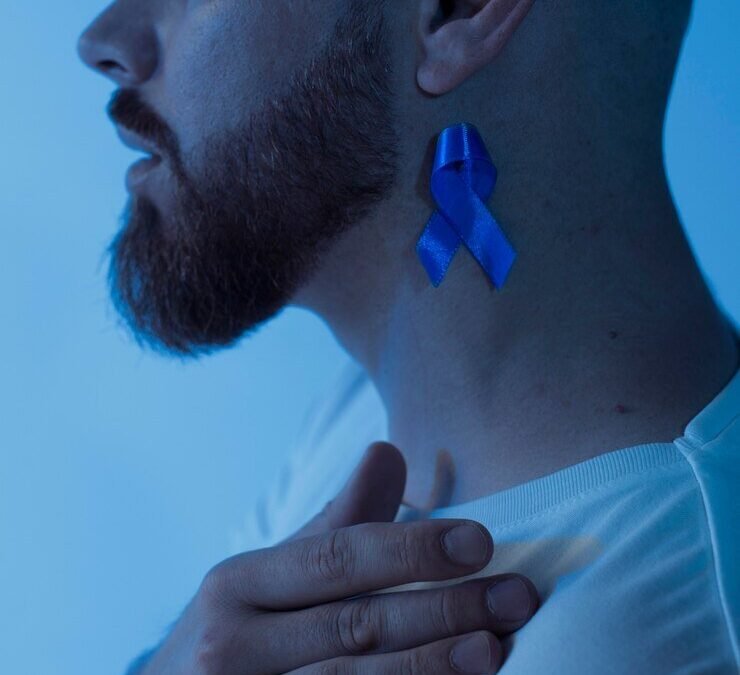Symptoms And Early Detection Of Head And Neck Cancer
Head and neck cancer encompasses a range of malignancies that develop in the oral cavity, throat, larynx, sinuses, nose, and salivary glands. Early identification is critical to increasing treatment results and survival rates. Understanding the symptoms and recognizing early warning signs are essential for timely intervention. In this article, we delve into the symptoms and early detection strategies for head and neck cancer.
Symptoms of Head and Neck Cancer
Head and neck cancer symptoms can vary depending on the location and stage of the disease. Some common signs include:
Persistent Sore Throat: A persistent sore throat that does not improve with time or treatment could be a sign of throat or laryngeal cancer.
Difficulty Swallowing (Dysphagia): Difficulty swallowing or a sensation of something stuck in the throat may indicate cancer of the throat or esophagus.
Changes in Voice: Hoarseness, voice changes, or persistent coughing may be indicative of laryngeal or voice box cancer.
Lump or Mass: The presence of a lump or mass in the neck, mouth, or throat area, especially one that persists or grows, warrants medical evaluation.
Oral Symptoms: Persistent mouth ulcers, white or red patches on the gums, tongue, or lining of the mouth, and unexplained bleeding or numbness in the mouth could be signs of oral cancer.
Ear Pain: Chronic ear pain or discomfort, particularly in one ear, can sometimes be associated with head and neck cancers, such as nasopharyngeal cancer.
Changes in Skin: Skin changes such as a new growth, sore, or discolored patch on the face or neck should not be ignored, especially if they do not heal.
Early Detection Strategies
Early detection of head and neck cancer greatly improves treatment outcomes. Here are several early detection strategies:
Regular Self-Examination: Individuals should perform regular self-examinations of the oral cavity, throat, and neck, looking for any unusual changes or abnormalities.
Dental Check-Ups: Routine dental visits are essential for oral health. Dentists can often detect early signs of oral cancer during routine examinations.
Screening Programs: Participating in screening programs for head and neck cancer, especially for individuals at high risk due to smoking, heavy alcohol consumption, or exposure to certain risk factors, can aid in early detection.
Awareness and Education: Increasing awareness about the signs and symptoms of head and neck cancer among the general population, as well as healthcare professionals, can lead to earlier diagnosis and intervention.
Prompt Medical Evaluation: Individuals experiencing persistent symptoms such as a sore throat, difficulty swallowing, voice changes, or unexplained lumps should seek prompt medical evaluation by a healthcare professional.
Conclusion
Symptoms of head and neck cancer can be subtle and easily overlooked. However, early detection is crucial for successful treatment outcomes. By recognizing the signs and symptoms and seeking prompt medical evaluation, individuals can increase their chances of early diagnosis and effective treatment. Regular self-examination, routine dental visits, and awareness of risk factors are essential components of early detection strategies. Together, these efforts can help in the fight against head and neck cancer and improve patient outcomes.
